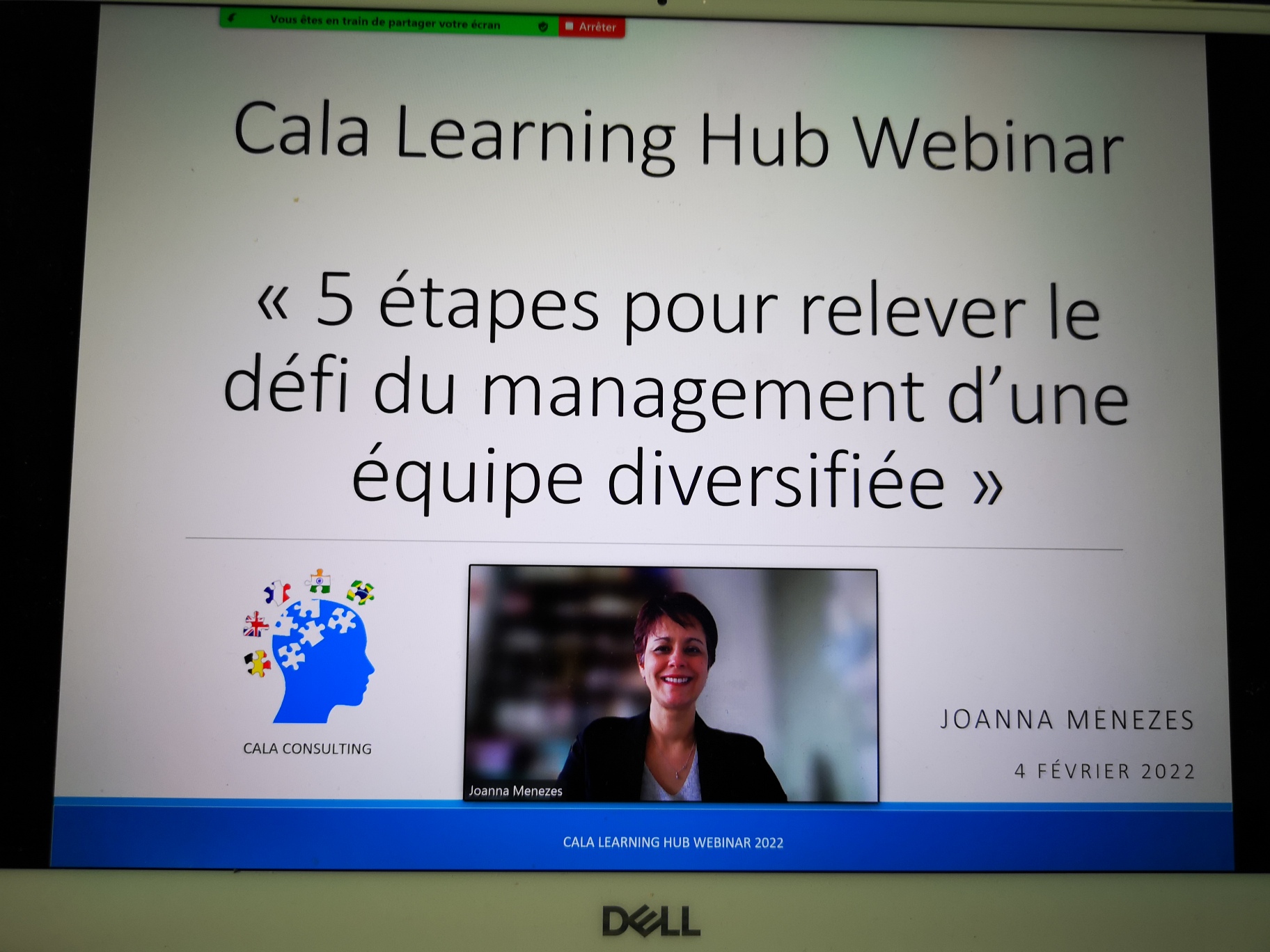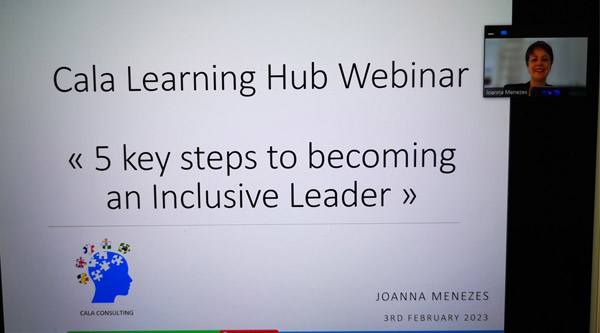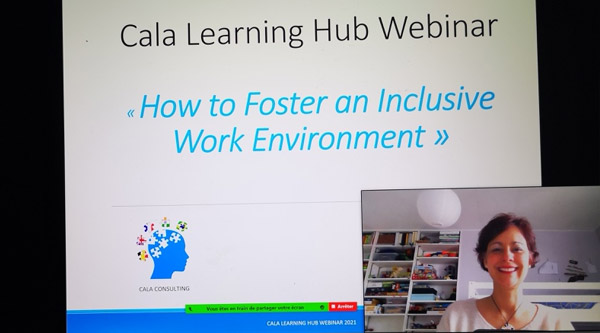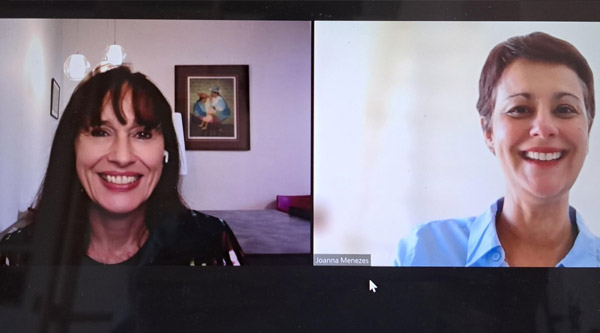Whether you are a first-time manager, an experienced manager or someone who supports managers, learning to lead a diverse team is not complicated," says coach and trainer Joanna Menezes, "but it does take time. Today's webinar programme? 5 steps to successfully managing a diverse team. A topic that attracted some thirty members - of all ages and nationalities - of the Cala Learning Hub network online on 4th February 2022.
Belonging, valuing and ensuring safety
After clarifying certain notions notably "diversity" and "inclusion", Joanna Menezes defined what an inclusive work environment is. There are three key words to remember," she explains, "creating a sense of belonging to a group, valuing the differences and contributions of each individual and finally ensuring that members of the team feel safe from negative judgements and stereotypes."
And there is a lot at stake as managing diversity is crucial for the company, its business and its managers. "There are many benefits to leveraging diversity and inclusion in the workplace, such as a improving one's reputation, being more innovative, developing new markets, and enhancing the retention of talents, " Joanna reminds us. Moreover, according to her, "company practices are moving in this direction".
The qualities of an inclusive manager
But what exactly do we mean by an inclusive manager? All the participants shared their ideas on this question... It is in fact a person who is capable of :
- Adapting himself/herself to the specificities of each member of his/her team
- Creating value from the diversity of his/her team
- Leveraging the diversity and complementarity of his/her team,
- Generating a shared vision and team spirit “in spite of” the team’s diversity
- Creating an inclusive environment for everyone
So what are the 5 steps to succesfully managing a diverse team?

Blog article written by par Laure Blancard : https://www.linkedin.com/in/laure-blancard/







 Copyright © 2016 - 2025 - Cala Consulting
Copyright © 2016 - 2025 - Cala Consulting